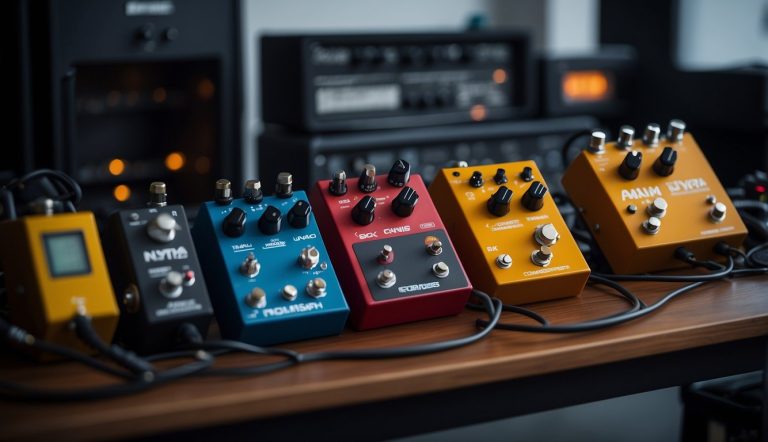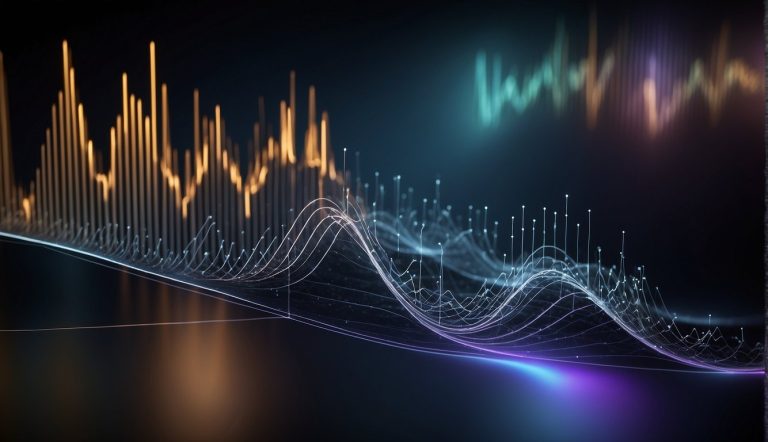Do You Need a Reverb Pedal for Your Guitar Setup? Here’s What to Know!
Reverb is the essence of ambiance in music, a sonic signature that can evoke spaces from the intimacy of a small room to the grandeur of a cathedral.
As someone who thrives on crafting the perfect tone, I know the decision of whether to incorporate a reverb pedal into your rig is pivotal. It’s not simply about having more gear; it’s about enhancing the textures and depth of your sound.
Reverb pedals offer versatility and control beyond the natural acoustics of a venue, enabling a consistent sound in any performance space.
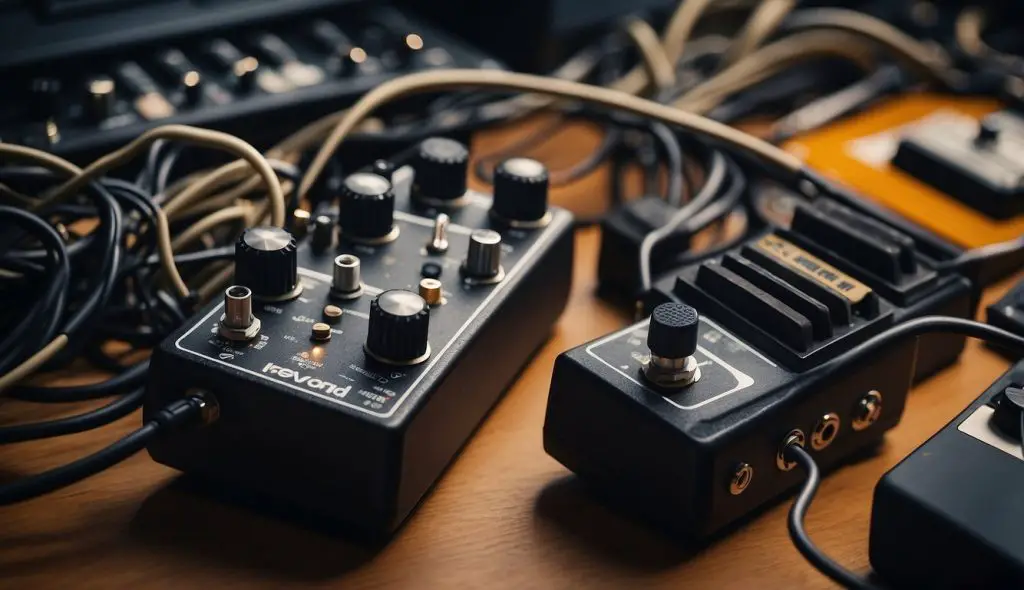
The role of reverb in music goes beyond mere effect—a good reverb pedal can be as integral as the instrument itself. Whether I’m dialing in a subtle tail to give my guitar notes a sense of place, or transforming the attack of a snare with atmospheric decay, reverb shapes the listener’s perception of my music.
However, the key is in selecting the right reverb pedal. With options ranging from spring to plate, to digital emulations of spatial soundscapes, each type offers unique characteristics. It’s about finding the one that resonates with my artistic vision.
Key Points
- Reverb adds depth and texture to the musical experience.
- Choosing the correct reverb pedal is crucial to achieving the desired sound.
- A reverb pedal provides consistent ambiance control across various performance environments.
Table of Contents
Understanding Reverb and Its Role in Music
As a musician, I’ve learned that reverb is key to adding depth and space to the sound, making it essential to the vibe of a recording or live performance.
The Basics of Reverb
Reverb, or reverberation, is the phenomenon of sound waves reflecting off surfaces, creating a series of echoes that then blend together to be heard as a single effect. When I play in different venues, I notice natural reverberations that change depending on the size and shape of the space. In simpler terms:
- Sound Waves: These are what carry the music to our ears.
- Echo: A single reflection of sound.
- Reverberation: Multiple blended echoes that create a sense of space.
By understanding the basics of how reverb works, I can better appreciate its importance in music production and live performance. Whether I’m looking to emulate the sound of a grand cathedral or a cozy room, reverb allows me to manipulate these nuances of space.
Types of Reverb
Different types of reverb create various aural landscapes, and I find each suits different musical needs:
- Room Reverb: Imitates the natural echoes found in small rooms. It’s often warmer and more intimate.
- Hall Reverb: Mimics the expansive sound of large concert halls. I use it for a richer, more enveloping sound.
- Plate Reverb: A classic studio reverb where sound is sent to a metal plate, creating a smooth decay. It’s great for adding sleekness to vocals or snare drums.
- Cathedral Reverb: Models the vast, open sound of a cathedral, filled with long, fluttering echoes for a grand, organic ambiance.
Understanding the types of reverb and how they modify the sound allows me, as a musician, to choose the right reverb to fit the mood and style of the music I’m creating.
Selecting the Right Reverb Pedal for Your Sound
When I choose a reverb pedal, I consider how it will fit my personal taste and musical needs, ensuring the tone complements my guitar’s sound. Here’s my guide to finding the one that’s right for you.
Essential Features and Controls
Reverb pedals should offer basic controls such as decay, mix, and depth. The decay controls how long the reverb effect lasts, while the mix adjusts the balance between the dry and wet signal. The depth control typically shapes the spaciousness of the reverb. A pedal with these controls allows me to shape my sound for both electric and acoustic guitars with precision.
Different Pedal Types and Their Characteristics
Spring reverb pedals emulate the sound of traditional amp-based spring reverbs and have a distinctive ‘boing’ characteristic. If I’m after a classic rock tone, a spring reverb pedal is my go-to. For ambient sounds, a shimmer reverb adds an ethereal quality, pitching the reverb up an octave or more. Pedals with modulated reverbs offer a chorus-like effect that I find useful for adding richness to my sound.
Analog vs. Digital Reverb Pedals
Analog pedals, often limited in versatility, provide a warmer tone that some may find more natural for their guitar. Digital reverb pedals offer a wide range of sounds and often include settings that emulate analog pedals or even natural environments. My choice depends on whether I prioritize authenticity or versatility in my reverb sounds.
Incorporating Reverb With Other Effects
When using reverb in conjunction with other effects, the pedal’s placement in the signal chain is crucial.
I generally place my reverb pedal near the end of the chain to prevent muddying other effects. Additionally, many reverb pedals offer presets that I can tailor to work harmoniously with my other effects, enhancing my rig’s overall sound.
Integrating a Reverb Pedal Into Your Setup
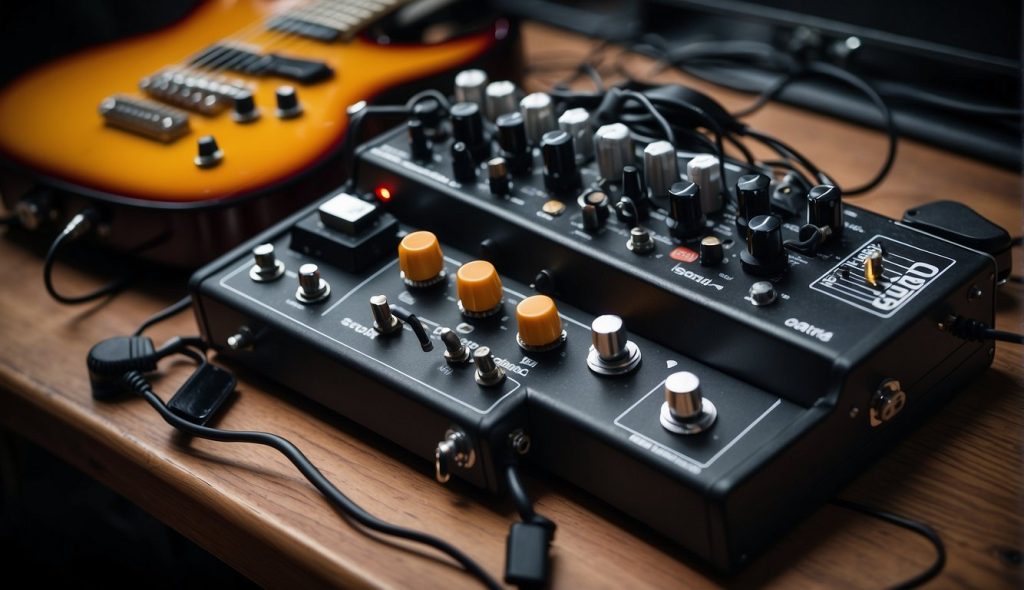
When I integrate a reverb pedal into my setup, I think about the nuances of placing it in the signal chain and how it harmonizes with my amp’s inherent reverb capabilities.
Signal Chain Placement
In my pedalboard setup, the placement of a reverb pedal is crucial for achieving the desired sound wave manipulation.
Typically, I follow a general rule which is to place the reverb pedal towards the end of the signal chain. This ensures that the reverb effect applies to the cumulative sound produced by my guitar and any other pedals, such as overdrive or modulation effects.
I often place the reverb pedal after modulation and delay pedals but before a looper if I use one.
For tube amps especially, using an effects loop is a common practice. Here, the reverb pedal would be positioned within the effects loop, after the amp’s preamp section but before the power amp section. This placement helps maintain signal clarity and prevents the muddying of sounds.
Typical Signal Chain Order:
- Dynamics (e.g., compressors)
- Filters (e.g., wah pedals)
- Drive (e.g., overdrive and distortion pedals)
- Modulation (e.g., chorus, flangers)
- Time-Based Effects (e.g., delay)
- Reverb
Balancing Reverb With Your Amplifier’s Native Sound
Balancing the reverb from a pedal with my amp’s native reverb requires attention to the ‘mix’ control on the pedal and the amplifier’s reverb tank settings.
If my amplifier already includes built-in reverb, I must decide on the blend between the two sources. I can either choose to use the amplifier’s reverb exclusively, the pedal’s reverb, or a combination of both.
When combining, I dial in a lower mix level on both the pedal and the amp to prevent excessive reverberation which can cloud the overall sound.
Additionally, if the amplifier’s reverb is non-switchable, the pedal provides more versatility, allowing me to toggle the effect in real-time or adjust other parameters like decay length and type of reverb that might not be available on the amp.
Frequently Asked Questions
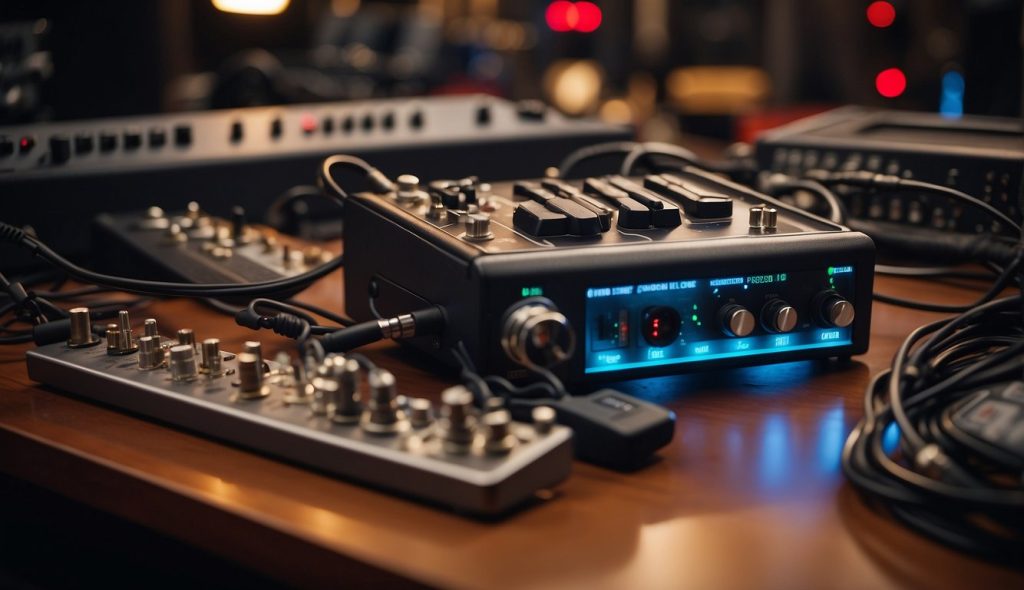
Navigating the world of guitar pedals can be intricate, especially when deciding if you need certain effects.
I’ve compiled some common questions about reverb pedals to help clarify their role in shaping guitar sounds.
What are the benefits of using a reverb pedal for guitar?
A reverb pedal enriches my guitar tone by simulating the acoustic properties of different spaces, adding depth and ambience to the sound. This can make my playing more expressive and add a professional polish to the music.
Can the reverb effect on my amp replace a pedal?
While my amp’s built-in reverb can provide a basic level of spatial effect, a dedicated reverb pedal offers greater control over the type and quality of reverb. I can fine-tune settings and switch between different reverb types, which is often not possible with an amp’s built-in reverb.
What’s the difference between reverb and delay pedals?
Reverb pedals create the illusion of space around my sound, mimicking how it would interact within a physical room. Delay pedals, on the other hand, repeat my sound in set intervals, producing an echo effect that’s different from the ambient fill of reverb.
Why might a guitarist add a reverb pedal to their setup?
I might add a reverb pedal to my setup to access a wider palette of sounds, enhance atmospheric playing, and have the flexibility to adjust my reverb on the fly during a performance. It’s particularly handy when I play venues with poor acoustics or when my amp’s reverb isn’t sufficient.
When should you consider using a reverb pedal in your music?
Reverb pedals can be used anytime I want to add depth, sustain, and character to my playing. They are especially useful in genres where a sense of space is important, like ambient, shoegaze, or slow-tempo ballads.
How does a reverb pedal affect the guitar’s sound?
A reverb pedal can simulate various environments. It can make my guitar sound as if it’s being played in different acoustical spaces. This enhances the overall texture and can help my playing blend better with other instruments in the mix.


